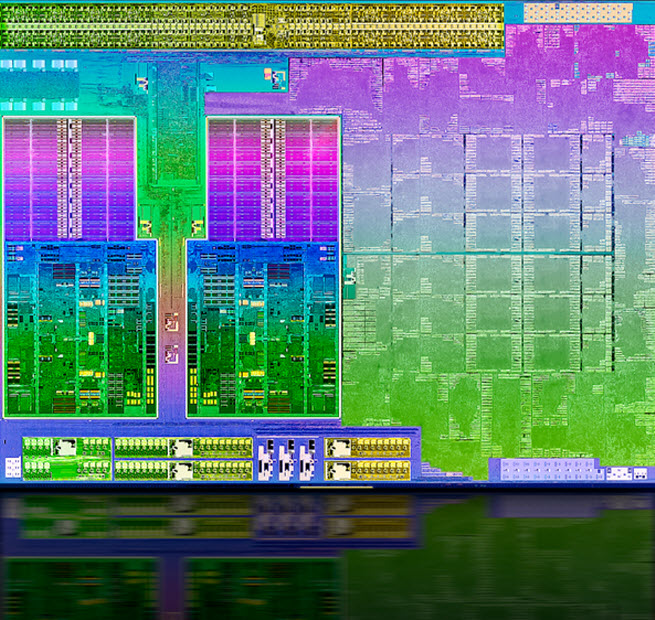The PC market is expected to stay sluggish for several quarters, said Rory Read, the chief executive of Advanced Micro Devices in a conference call with analysts. As a result, the second-largest maker of PC microprocessors plans to significantly diversify beyond PCs in the coming years.
The comments show how uncertain Sunnyvale, Calif.-based AMD is about the future of PCs, despite the launch of Microsoft’s Windows 8 operating system coming on Oct. 26. Read is accordingly cutting 15 percent of AMD’s staff (an estimated 1,700 employees of 11,813 total), trimming about $190 million a year in costs from the company’s cost structure.
Read blamed the shortfall in the third-quarter revenues to the growth of tablets — where AMD has no sizable business today — that are eating into the PC market’s sales. On top of this, the economy is weak, and computer makers are becoming cautious about maintaining chip inventory at a time when the market is in flux because of Windows 8.
“We fell significantly short of expectations,” said Read.
He said the restructuring would return AMD to profitability, with a break-even point targeted in the third quarter of 2013 at a revenue level of $1.3 billion.
AMD said the bright spot was the acceptance of the Trinity family of APUs (accelerated processing units that combine graphics and microprocessor functions on the same chip). Shipments were up 70 percent from the prior quarter and a third of total notebook chip shipments in Q3 were due to Trinity. Read said AMD gained market share at retail in notebooks priced at $600 to $800.
Read said 125 computers will ship in the fourth quarter with Windows 8. That includes some tablets and several new “ultrathin” computers.
Analyst JoAnne Feeney at Longbow Research pointed out that it’s contradictory for AMD to try to tackle new markets and still try to cut costs through layoffs. Read said that the markets are “adjacent,” such as servers, using the same chips as AMD already makes. He also said AMD would try to reuse more of its design components as part of modular chips in the future.
Read said that 85 percent of AMD’s business is dependent on PC chip sales now. He wants to reduce that to 50 percent to 60 percent. He will do so by focusing on server chips, game console chips, and tablets. Read said that AMD has been preparing for a transition in the market as tablets and smartphones affect the PC market, but the transition is happening faster than the company thought.
VentureBeat's mission is to be a digital town square for technical decision-makers to gain knowledge about transformative enterprise technology and transact. Learn More

